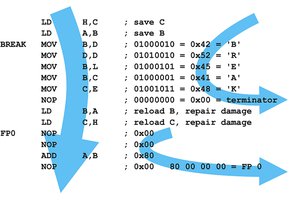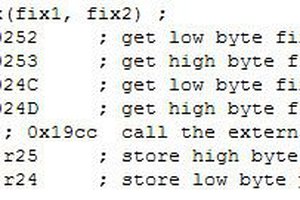Dominant Amber is a a mini game for the Atari 2600 console. Race against the clock to quickly identify the 'dominant' color for a high score.
+++++++++++++++++++++++++++++++++++++++++++++
The posted ROM image, Dominant_Amber.bin, is 2KB in size. The first 1KB is filled with 0xFF and is not accessed by the program in any way. The second 1KB is the game code, of which all 1024 bytes are utilized. It is padded to 2KB because some emulators and flash cartridges for the Atari 2600 do not support ROM images smaller than 2KB.
The Atari 2600 has no internal ROM or code of any kind, so the 1KB on the cartridge is the sole program.
See the project logs for details about the byte saving techniques used.
+++++++++++++++++++++++++++++++++++++++++++++
Code is formatted to assemble with the multi platform DASM.
https://sourceforge.net/projects/dasm-dillon/
Command line:
dasm Dominant_Amber.asm -f3 -v5 -oDominant_Amber.bin

 Voja Antonic
Voja Antonic
 aaron
aaron
 Jim Shortz
Jim Shortz
 Bruce Land
Bruce Land